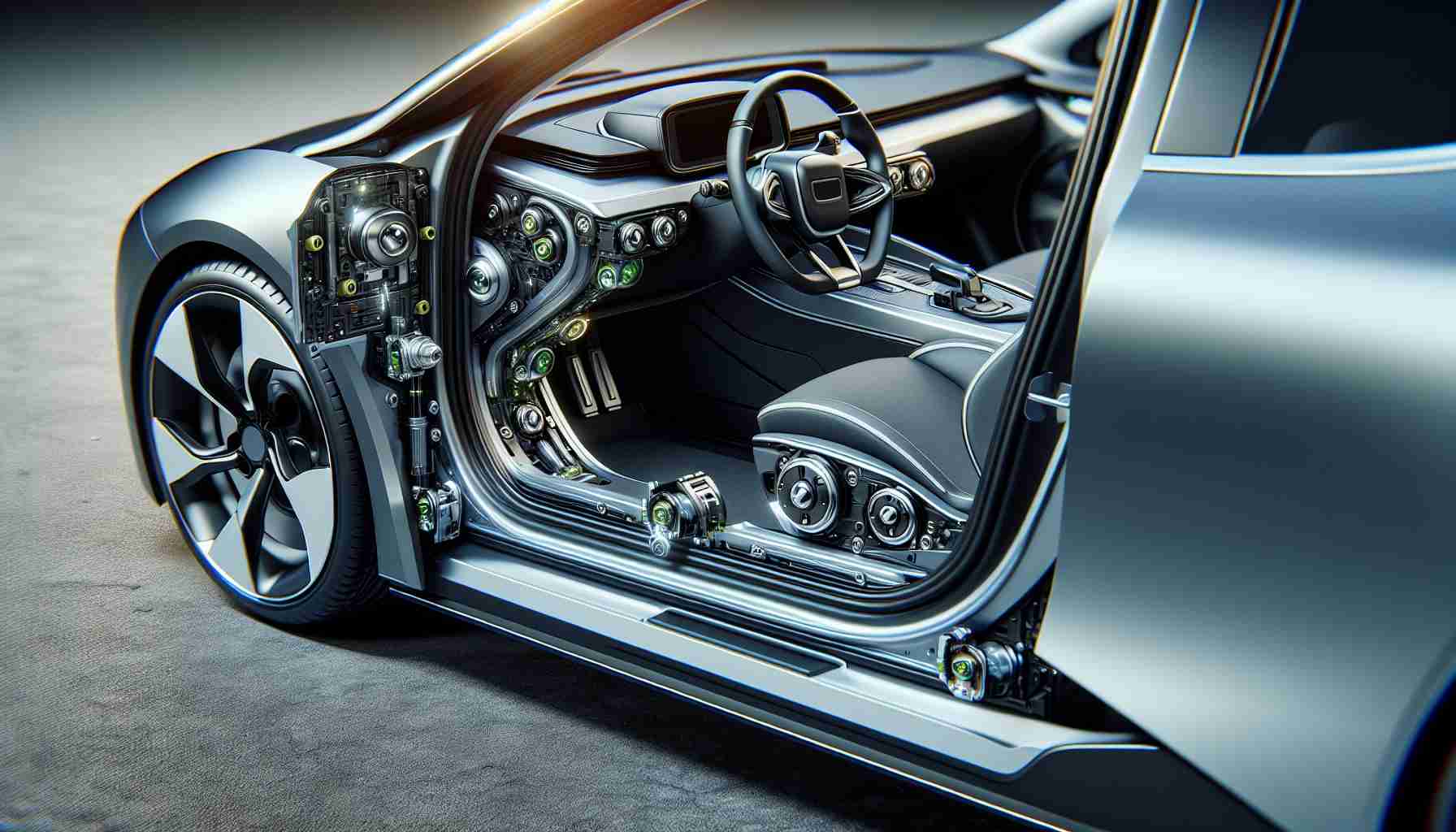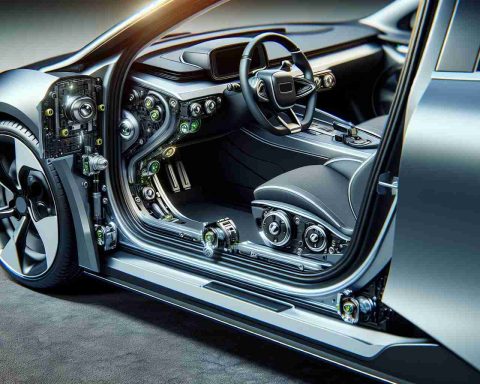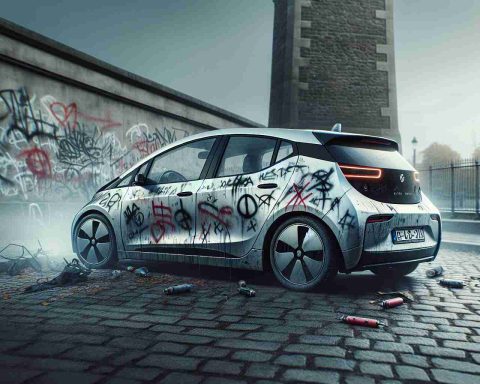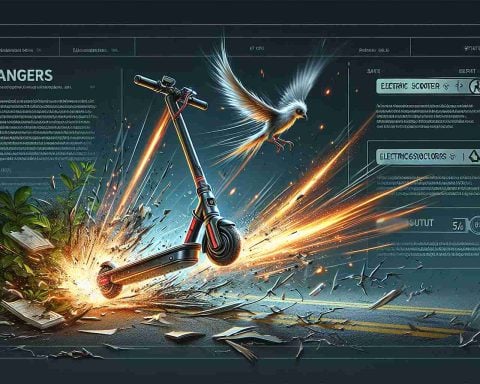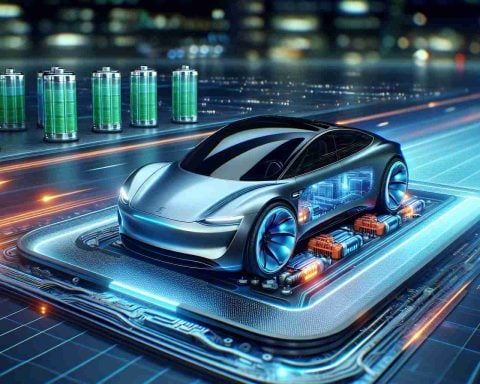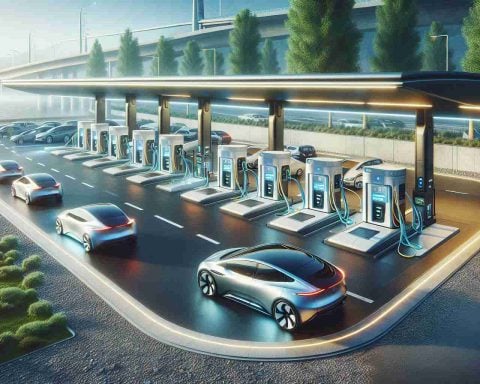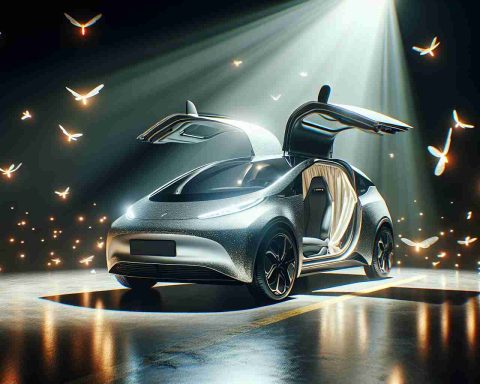- Power-operated car doors are becoming more common, necessitating updates in vehicle safety standards.
- The Australian New Car Assessment Program (ANCAP) is pushing for government regulation to ensure these features do not impede emergency exits.
- ANCAP emphasizes that occupants must be able to manually escape vehicles in case of power failure.
- Starting January 2026, new protocols will require manufacturers to include manual override methods for door operation during power outages.
- This change presents a design challenge for manufacturers focused on minimalist and futuristic interiors, such as Tesla.
- Cars with previously high safety ratings could see changes if their emergency exits are deemed obstructive or inadequate.
- Traditional mechanical handles might regain popularity to meet new safety standards.
- ANCAP’s demand for seamless emergency egress ensures that vehicle innovation does not compromise safety.
As power-operated car doors become more common, the landscape of vehicle safety is about to shift dramatically. The Australian New Car Assessment Program (ANCAP) is demanding government intervention to ensure these popular features don’t hinder emergency exits—aiming to close a pressing “regulatory loophole.”
Picture the scene: a sleek modern vehicle, shiny and silent, adorned with the latest electric door releases. Yet, beneath this gleaming innovation lies a simple truth—power failure must not trap its occupants. ANCAP insists on a basic right: manual escape from the inside, no matter the technology in use.
Beginning January 2026, new ANCAP protocols will strap manufacturers to stricter standards. Vehicles must feature manual override methods for door operation in power-cut scenarios. This shift means manufacturers like Tesla, known for their futuristic minimalist interiors, will face a new challenge. Every passenger must find liberation within arm’s reach—no tools, no fuss.
Imagine new cars, like the XPeng G6 or Zeekr X, previously basking in five-star safety ratings, now feeling the tectonic shift of regulation. If hidden cables or cumbersome secondary controllers obstruct the path to safety, stars will fall.
Well-worn mechanical handles may stage a comeback, and intuitive buttons might adapt to meet these precise needs. As the mechanical welcomes the electrical in this evolving dance, a crucial takeaway is clear: safety rules shall outpace technological allure. By demanding seamless emergency egress, ANCAP ensures that innovation does not come at the cost of safety, safeguarding drivers and passengers alike.
Revolutionizing Car Safety: The Truth About Power-Operated Doors and the Future of Automotive Standards
An In-Depth Look at Power-Operated Car Doors
As power-operated car doors gain popularity, safety standards and regulations are being put under the microscope. The Australian New Car Assessment Program (ANCAP) is calling for government intervention to ensure these features are safe and do not compromise emergency exits. This article explores the implications of such regulations and what the future holds for the automotive industry.
Features and Benefits of Power-Operated Doors
Power-operated car doors have become a hallmark of modern vehicular design, offering convenience and enhancing the aesthetic appeal of cars like the Tesla Model S, XPeng G6, and Zeekr X. These doors open and close automatically, sometimes even integrating smart features such as remote access via smartphone apps.
– Pros: Convenience, ease of access, and a futuristic design.
– Cons: Potential failure in power loss situations, reliance on electronic systems.
Limitations and Concerns
The main concern highlighted by ANCAP is the inability to open power-operated doors manually in the event of a power failure. This could trap passengers inside the vehicle during emergencies if no manual override exists. Vehicles need straightforward, accessible ways to escape without requiring tools or special knowledge.
Market Analysis and Forecasts
The demand for electric door systems is expected to grow as automakers continue pursuing minimalist designs and advanced features. However, the introduction of new safety regulations by ANCAP in 2026 could pose a challenge for manufacturers. Automakers will need to balance innovation with compliance, ensuring that safety remains paramount in design.
Trends and Innovations
Recent trends suggest a resurgence of mechanical ingenuity, where traditional door handles and manual overrides are being reintroduced in creative ways. Innovations may involve integrating more adaptive buttons or concealed mechanical systems that offer both aesthetics and functionality.
Compatibility and Integration
Ensuring that manual overrides are compatible with existing designs is crucial. Manufacturers will need to integrate these systems seamlessly into vehicle architectures, potentially leading to innovations in interior design and functionality.
Security and Safety Aspect
Security remains a top priority, with regulators like ANCAP stepping up to redefine standards. The demand for manual escape options reflects an increased emphasis on occupant safety. Regulatory bodies are ensuring that technological advancements do not overshadow foundational safety principles.
Looking Ahead: Predictions for the Industry
The new ANCAP protocols signify a pivotal shift focusing more on the safety of the increasingly popular electric and power-operated features. Future vehicles will likely offer a balanced blend of advanced technology with basic safety features ensuring manual overrides are standard in all vehicles.
For more information on automotive innovations and safety standards, visit the following links:
– ANCAP Safety
– National Highway Traffic Safety Administration (NHTSA)
– Euro NCAP
As the automotive landscape evolves, it’s clear the industry is on the brink of a revolutionary step in marrying technology with safety, ensuring a secure ride for all occupants.
